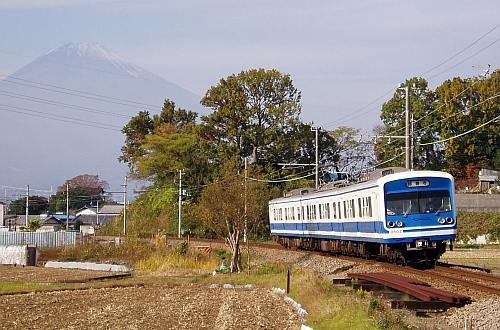The tests were carried out on the Izuhakone Railway's 20km Sunzu Line from Mishima to Shuzenji, which is electrified at 1.5kV dc.
Superconducting wire was used to link ac-dc transformers at a substation to the traction supply system, and the cable was cooled to -196 degrees celcius.
RTRI says that because superconducting cable has low electrical resistance, significant energy savings are possible and voltage stability can be increased. This is a particular advantage on dc electrification systems because voltage drops as the distance from the substation increases. This can limit the effectiveness of regenerative braking systems, which are only fully effective if there is another train nearby to use the energy generated by braking. With greater current stability, regenerative brakes can operate more effectively.

